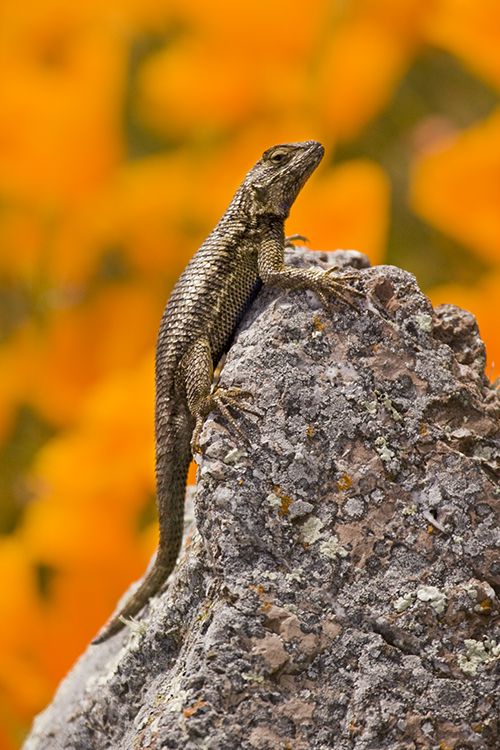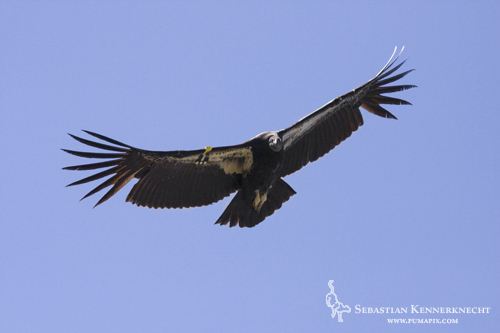This is a some-what of a follow up to the previous blog post about politician Joe Baca introducing a bill that would certainly bring the Delhi Sands Flower-loving Fly to extinction. I wanted to stress how important it is to save not only species that we can easily fall in love with like the endangered Sea Otter, or Giant Panda but also species that we might not even recognize what it exactly is.
The reason for this is quite simple, all species are connected ecologically, removing one species from the system will have some kind of impact on the rest of it. This can lead to devastating effects, even for us humans. A prime example of this (and I am very much simplifying it here) is the connection between the bacteria Borrelia burgdorferi, Black-legged Ticks (Ixodes scapularis), Western Fence Lizard (Sceloporus occidentalis), and us humans. Black-legged Ticks can carry the above mention bacteria which is the agent of Lyme disease. If a tick buries itself into a human it has the potential of passing on the bacteria and disease leading to potentially debilitating effects for the person later in life. Enter the all important Western Fence Lizard, it has been shown that when nymphal Black-legged Ticks feed on Western Fence Lizards the disease carrying bacteria is destroyed by a protein in the lizard’s blood — aka the tick no longer has the potential of spreading the disease to us humans. The fact that the lizard is only found on the west coast might be the exact reason that only 2-4 percent of adult Black-legged Ticks carry the disease here compared to up to 50% in the north east of the US. Here is a map for a quick view.
Now we are lucky that the Western Fence Lizard is not endangered, but what if it was, we would start caring a lot more about it. My guess is there are a lot of these kinds of examples out there in the natural world, many of which we don’t even know about yet, many of which involve endangered species. So yes, let’s save the Blue Whale and Polar Bear but let’s give equal attention to less charismatic endangered wildlife.
*If you are interested in purchasing any of the pictures displayed in this post, please check out my fine prints page for pricing.*


